I love making things from scratch. For many reasons, top among them that they’re cheaper and healthier. But I also get a kick out of knowing how to do things that others don’t, like I’m part of this club that knows all these secrets that used to be a way of life, but now people forgot.
And as much as I love making things from scratch, I like even more when I’m able to make something completely, completely from scratch, without needing to buy anything (or almost anything) from the grocery store- I like being self reliant, and I just find it very enjoyable and amusing to try these things out.
Making my wild sushi is one such example of things that I do, not just as a money saver, but because I just thought it was a neat thing to do.
The other day, I saw a post on a wild edibles group, by forager Leda Meredith, in which she used the gel from mallow seeds to make a meringue like dessert. I thought that was super cool! I’d seen her use mallow and mucilaginous mushrooms as an egg replacement in a vegan recipe, and the two things together clicked in my mind, and I thought- why not mallow mayonnaise?
Even though mayonnaise is usually made from egg, I’ve been successful at making a vegan mayo using flax seeds instead of egg- it’s my go to mayo around here– so I figured- if mallow is mucilaginous like flax seeds, maybe it would also work for mayonnaise?
And then, the more I thought about it, the more I thought that I’d try to make a mayonnaise completely from wild plants, no store bought ingredients whatsoever (other than salt- still haven’t foraged salt). I started listing off ingredients in my head that I thought I’d use for my mayo- mallow seed gel as the base instead of flax seeds, olive oil made from my mother’s olive trees, black mustard seeds I’d foraged in the summer and were sitting in my cabinet, foraged sumac instead of lemon juice or vinegar, and pink peppercorns for an extra kick. I was so psyched up, sure it would work, even though I was taking a gamble!
Well, I am happy to say that my intuition paid off- it worked and tastes pretty good!
The texture isn’t exactly like mayo- it’s a drop runnier- but it really does the job and tastes good as well! I’ve since used it for coleslaw, salad dressing, and in tuna fish.
Totally wild mayo- who woulda thought it possible?
Now the question is- is this something that I’ll be making every time I need mayo, instead of flax mayo?
No, probably not.
But it was a fun experiment.
And it was fun knowing that if push came to shove, and I couldn’t afford to buy food from the grocery ever, I wouldn’t have to be without my beloved mayonnaise.
Though I started off using olive oil for this, I ended up using sunflower oil for the rest of the oil, since the olive oil I have is extremely strongly flavored, and I wanted something with less of a powerful flavor.
Ok, now before I share the actual recipe, I wanted to talk a little about plant life cycles.
The more I forage, and the more I teach foraging classes, the more I become aware of how important it is to become aware of the life cycles of various plants. For example, people ask me if picking rose hips is ok- won’t it stop the roses from forming?
So, lets go over the basics.
First, you have a seed. And it sprouts. The sprout grows into a plant.
The plant sends up leaves, usually grows taller, then puts out either one flower or many.
The flowers are the reproductive organs of the plant, and the pollen is what is used to fertilize it. Pollination can be self pollinated, or by birds, bugs, or other animals, or even the wind.
Once the flower gets pollinated, its ovary- the bottom part of the flower- grows; I call this a pregnant flower. Inside the swollen ovary, you’ll typically find the seeds. Fruit of a plant, botanically speaking, means the swollen ovaries- which contain the seeds.
These seeds can then be planted to grow a new plant.
If you see seeds or a fruit on a plant, this means that there already were flowers- because each flower is what became the fruit and/or seed. You don’t have to worry that taking the fruit will stop it from flowering (like with rosehips), and you do need to worry about stopping it from fruiting if you take the flowers.
Now why am I even bringing this up, you may ask? What do fruit and seeds have to do with making mayonnaise?
 Well, its because I don’t like wasting time when I forage- I like making things as quick as possible, especially my foraging- because I have kids- I can’t always spend hours doing things, no matter how fun or cool they are.
Well, its because I don’t like wasting time when I forage- I like making things as quick as possible, especially my foraging- because I have kids- I can’t always spend hours doing things, no matter how fun or cool they are.
So when I wanted to forage my mallow seeds for this, I wanted to do it most efficiently.
To do that, I paid attention to the life cycle of the mallow plants. If you want to make mallow mayo, I recommend that you pay attention to this as well.
Though I have mallow growing all over near my house, I only looked for mallow seeds in a few specific spots. I was able to identify from farther away where I would find the seeds: hint- look for taller plants with many flowers.
If there was a mallow plant without flowers, or only with one or two, I wouldn’t find the seeds, since the mallow needs to first make flowers, then get pollinated, and only then grow and develop seeds.
The mallow plants with seeds tended to be big and tall, with many flowers, some of which already were pollinated, and turned into the mallow seeds.
A bit about the seeds. These are referred to, generally, as “cheese wheels”, in English speaking countries. In my local country, they’re referred to as “breads”. The reason being that they are made of many seeds joined together, like wedges of cheese or bread.
But honestly, they remind me more of mini pattypan squashes than anything else. Or maybe of a peeled tangerine. Definitely not like cheese or bread.
They are covered in a “wrapping” of green, so they come in little parcels, that need to be unwrapped to expose the “pattypan squashes”.
With two or three big plants, and five minutes, I was able to get this many seed heads easily.
Making Mallow Mayonnaise- Wild Mayonnaise From Foraged Ingredients
2 tablespoons mallow seeds/pattypan squashes/cheese wheels
1 1/2 cup water and 2 tablespoons, divided
1/2 cup oil
1/2 teaspoon ground (black) mustard seeds
1 teaspoon sumac powder
1/4-1/2 teaspoon pink peppercorns
1/4-1/2 teaspoon salt
Instructions:
1. Boil up your mallow seeds with 1 1/2 cups water, covered, on a low heat, until most of the water is gone. You want to be left with 1/4 cup of concentrated liquid. If after cooking for a while, you still have most of the water left, uncover and boil out the liquid until just 1/4 cup is left.
2. Blend up the mallow seeds in a food processor or blender until as smooth as you can get it. Then add the mallow liquid, a bit at a time, blending until smooth.
3. Add the ground mustard seeds to the mallow puree- mustard seeds help things emulsify.
4. Slowly, add one tablespoon of oil at a time, blending it to emulsify, until you see the oil is no longer blending in. Then add one more tablespoon of water (or lemon juice). Then more oil. Then more water. Then more oil. I added about 1/2 cup oil total. Any more oil and it would have started getting runnier, not thicker.
5. Add sumac powder if using, pink peppercorns if using, and salt. Feel free to also add wild garlic onion or any other herbs, wild or not, that suit your fancy.
I’ll be honest- this recipe was more a general idea, a technique that I hope other avid foragers will play around with and perfect. I’d like to figure out how to get it more mayo like, and less runny. But this has got potential. And worked well enough to use for coleslaw- so at least that.
If you’re a forager- ever foraged mallow before? Did you ever make anything with the “cheese wheels” before? If so, what? Have I inspired you to make something with it, either this mayo idea, or another one?
Do you like making things entirely from scratch, from things you grew or foraged? What was your favorite/most ingenious thing you’ve made from scratch?

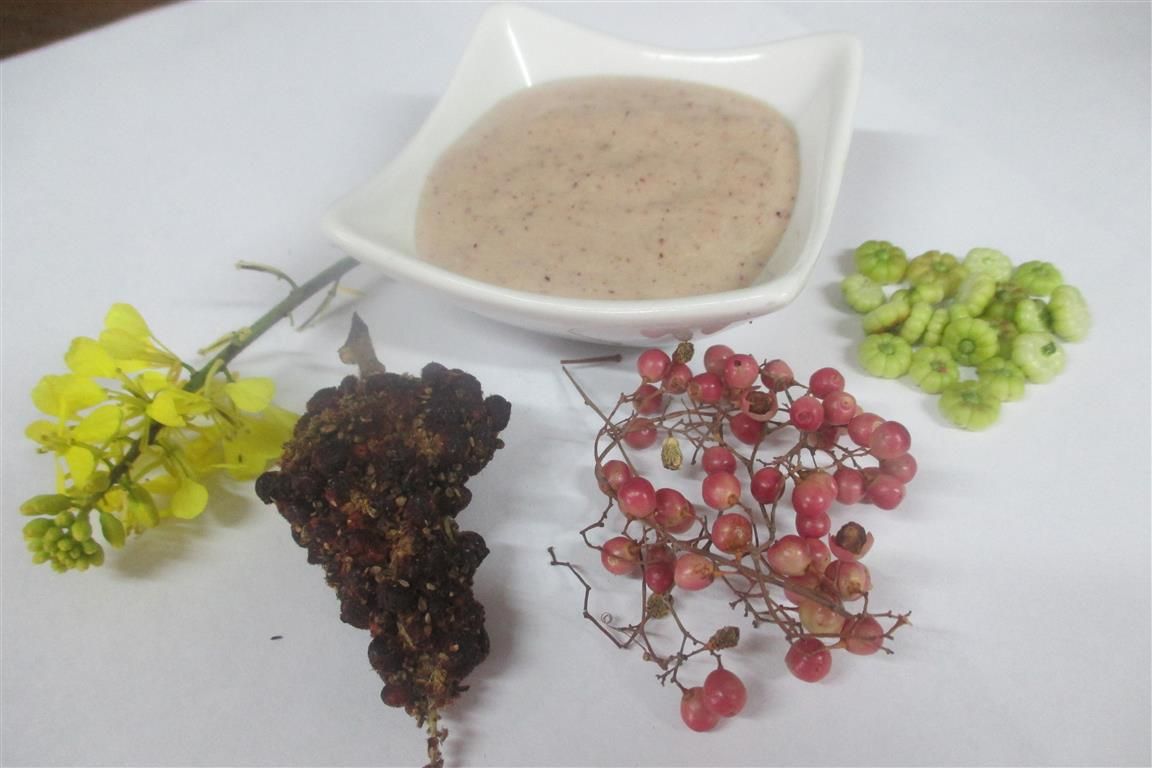

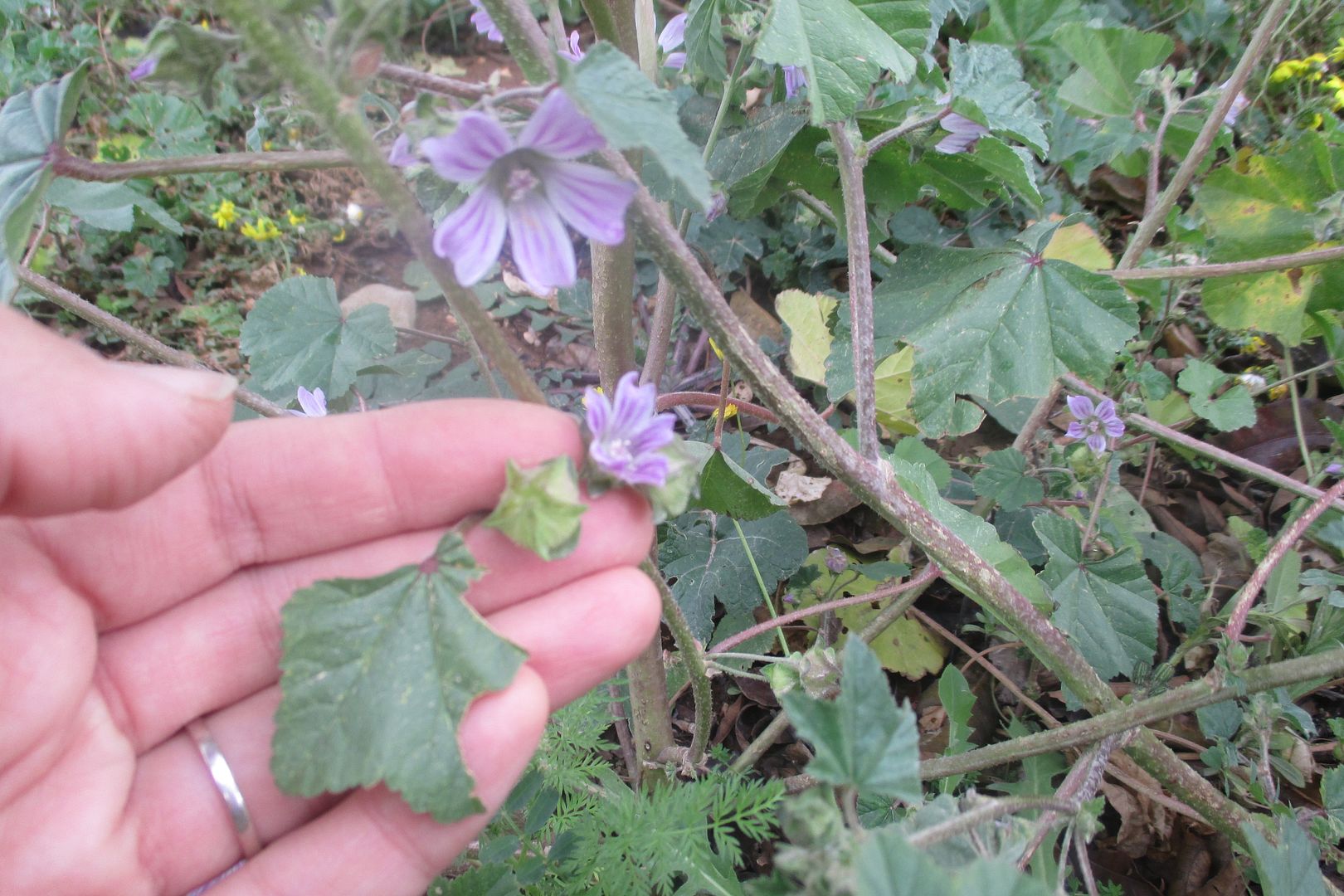
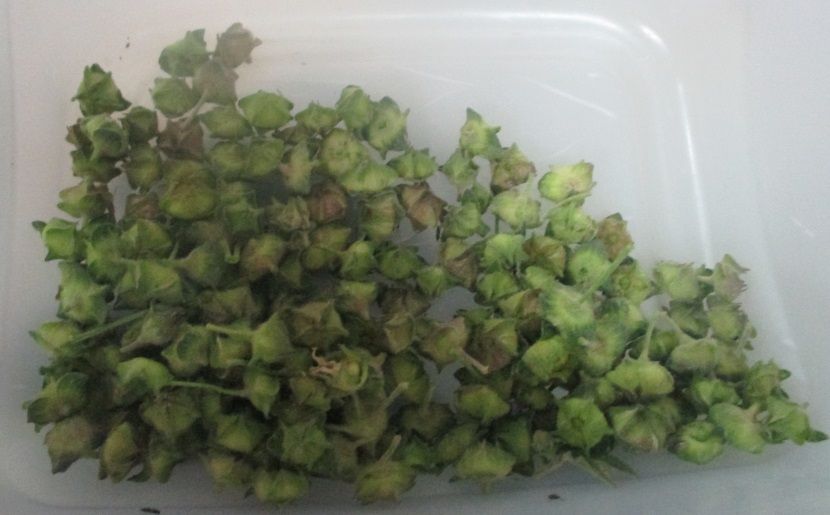
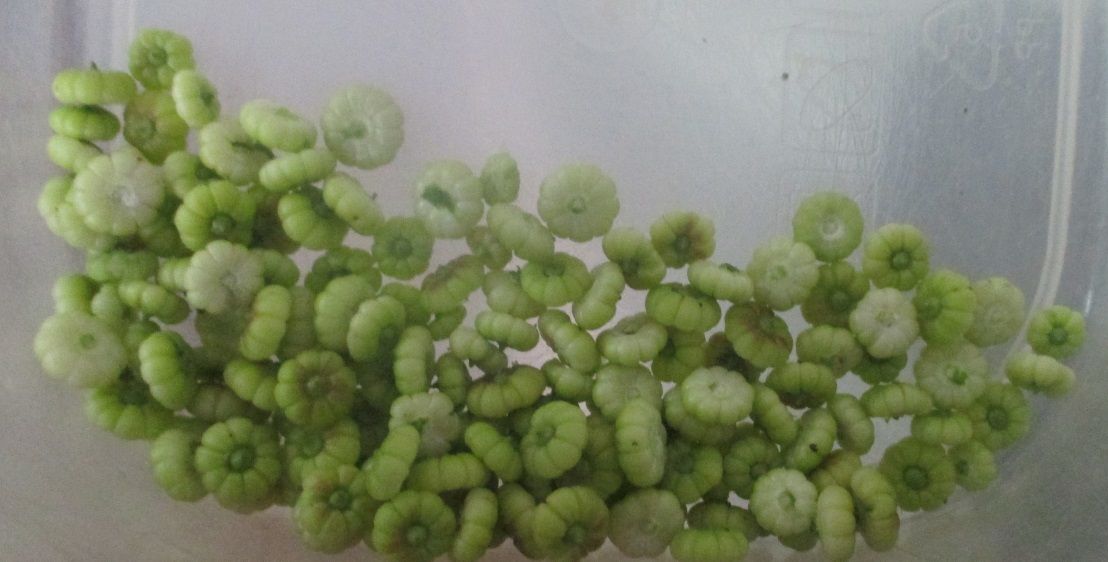
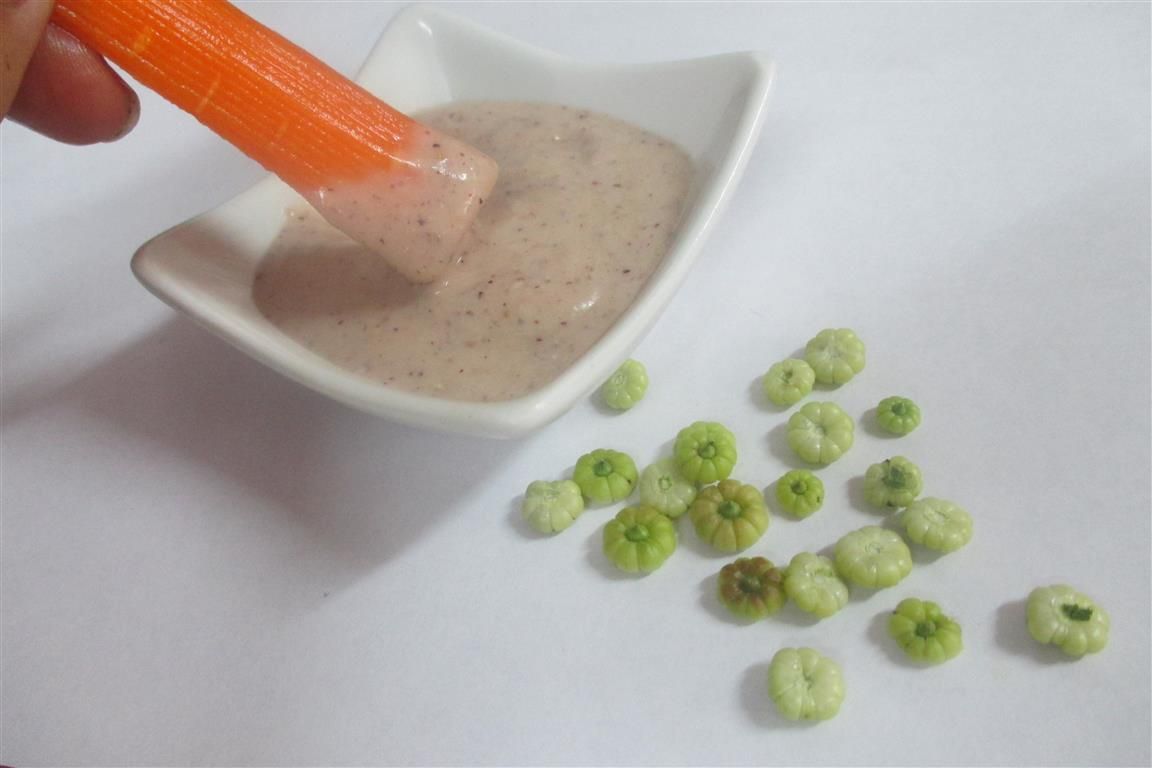


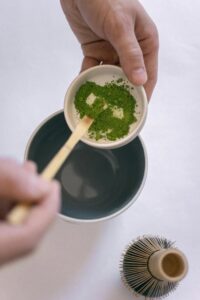

0 Responses
a bit of techina would make it better methinks.